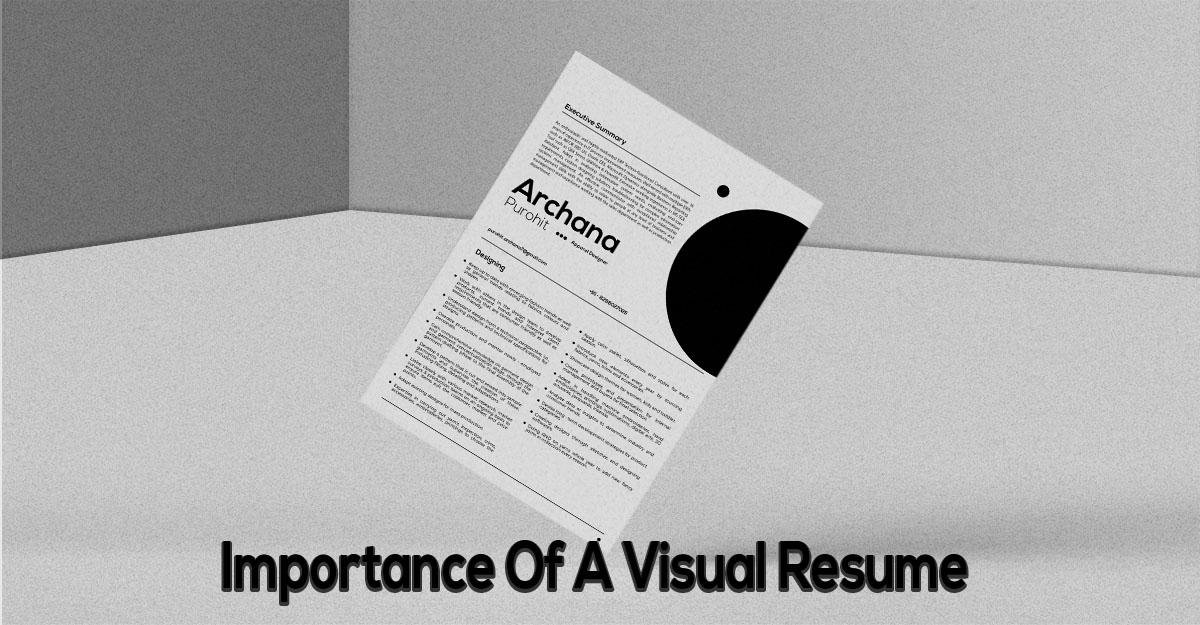Crafting a Resume for a Product Management Role: Essential Sections

In the competitive landscape of product management, your resume is the first impression you make on potential employers. Crafting a standout resume requires strategic organization, precise content, and a clear demonstration of your skills and achievements. This guide breaks down the essential sections you need to include to make your product management resume compelling and effective.
1. Contact Information
Importance:
The contact information section is the most straightforward but essential part of your resume. It provides the hiring manager with all the necessary details to reach you.
What to Include:
- Full Name: Use your legal name.
- Phone Number: Ensure it is current and reachable.
- Email Address: Use a professional email address.
- LinkedIn Profile: Include a link to your LinkedIn profile, ensuring it is up-to-date.
- Portfolio or Personal Website (if applicable): Highlight projects or products you have managed.
2. Professional Summary
Importance:
Your professional summary acts as an elevator pitch, providing a brief overview of your experience, skills, and career goals.
How to Write It:
- Concise and Impactful: Keep it between 3-5 sentences.
- Highlight Achievements: Mention key accomplishments and metrics.
- Tailor to Job Description: Align with the specific role you are applying for.
Example:
"Dynamic Product Manager with 5+ years of experience in driving product lifecycle from concept to launch. Proven track record in increasing product adoption by 20% and enhancing customer satisfaction scores. Adept at cross-functional team leadership and strategic market analysis."
3. Key Skills
Importance:
This section showcases your relevant skills, making it easy for hiring managers to see if you match the job requirements.
What to Include:
- Technical Skills: Product management software, data analysis tools, project management tools.
- Soft Skills: Leadership, communication, problem-solving.
- Industry-Specific Skills: Knowledge of specific markets or domains.
Example:
- Product Lifecycle Management
- Agile & Scrum Methodologies
- Data Analysis (SQL, Tableau)
- User Experience (UX) Design
- Strategic Planning
- Market Research
4. Professional Experience
Importance:
The core of your resume, this section details your work history and demonstrates your hands-on experience in product management.
How to Structure It:
- Company Name and Location: Include the name and location of each employer.
- Job Title: Clearly state your position.
- Dates of Employment: Include the month and year.
- Responsibilities and Achievements: Use bullet points to list your key responsibilities and achievements. Quantify results where possible (e.g., "Increased user engagement by 30%").
Example:
Senior Product Manager
XYZ Corp, San Francisco, CA
January 2019 – Present
- Led the development and launch of a new SaaS product, achieving a 25% increase in revenue.
- Conducted market research to identify customer needs, informing product roadmap decisions.
- Collaborated with cross-functional teams to enhance product features, resulting in a 15% increase in user retention.
5. Education
Importance:
Your educational background provides a foundation for your knowledge and skills in product management.
What to Include:
- Degree(s): List your degree(s) and major(s).
- Institution Name: Include the full name of the university or college.
- Graduation Date: Specify the month and year of graduation.
Example:
Master of Business Administration (MBA) Stanford University, Stanford, CA Graduated: June 2018
Bachelor of Science in Computer Science University of California, Berkeley, CA Graduated: May 2014
6. Certifications
Importance:
Certifications can bolster your qualifications and show your commitment to professional development.
What to Include:
- Relevant Certifications: List certifications pertinent to product management, such as Certified Scrum Product Owner (CSPO) or Project Management Professional (PMP).
- Issuing Organization: Name the organization that issued the certification.
- Date Earned: Include the month and year.
Example:
Certified Scrum Product Owner (CSPO) Scrum Alliance, Earned: March 2020
7. Projects
Importance:
Highlighting specific projects can illustrate your practical experience and ability to manage products successfully.
How to Format:
- Project Name: Give each project a title.
- Role: Specify your role in the project.
- Description: Briefly describe the project and your contributions.
- Achievements: Note any quantifiable outcomes or successes.
Example:
Project: Mobile App Redesign Role: Lead Product Manager
- Led a team of designers and developers to revamp the mobile app interface.
- Improved user satisfaction scores by 40% and reduced churn by 15%.
8. Additional Sections
Awards and Honors:
Include any industry awards or recognitions.
Professional Affiliations:
Mention memberships in professional organizations related to product management.
Languages:
List any languages you speak fluently, especially if relevant to the job.
Final Tips
- Tailor Your Resume: Customize your resume for each job application, emphasizing the skills and experiences most relevant to the position.
- Use Action Verbs: Start bullet points with strong action verbs like "led," "developed," "implemented."
- Proofread: Ensure there are no typos or grammatical errors. Consider having a friend or professional review your resume.
Conclusion
Crafting an impeccable resume for a product management role requires attention to detail and a clear presentation of your most relevant experiences and skills. If you’re looking to make your resume truly stand out, consider the expert resume writing services offered by IRC Resume. Our professionals can help you create a polished, compelling resume that highlights your strengths and achievements, giving you a competitive edge in the job market.









